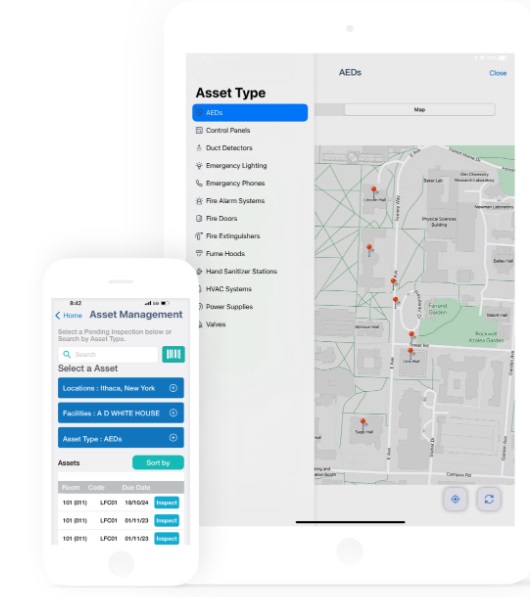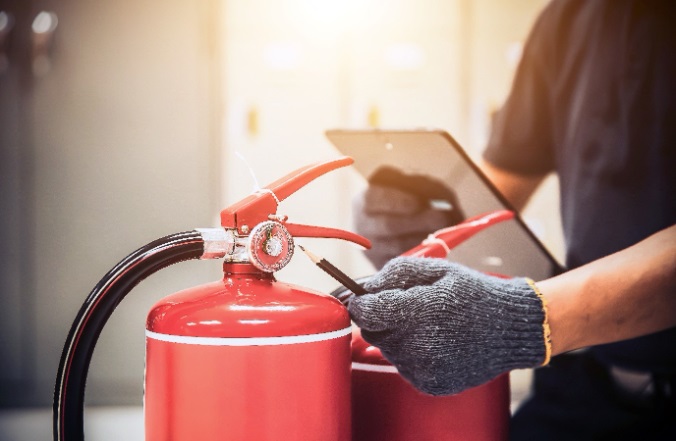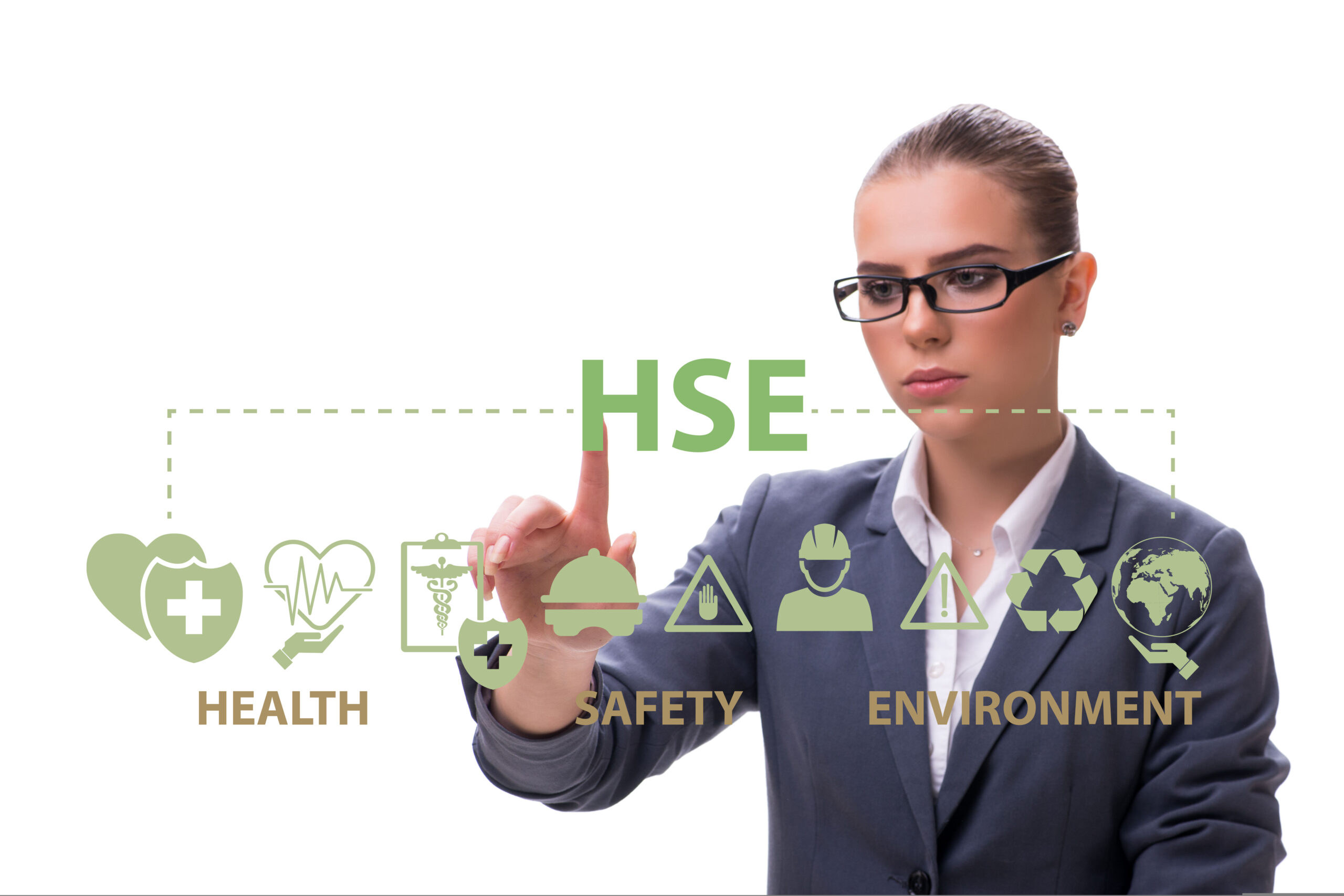Workplace injuries and fatalities can have irreparable consequences for employees, their families, and the businesses involved. According to the National Safety Council’s business case for safety-related expenditures, each lost-time injury or illness that occurs can cost an organization around $37,000 and each fatality—roughly 37 times that amount. Investments in safety assets not only assure employees of their company’s commitment to their health, but they also convey to investors and other stakeholders that the company is going the sustainable route by leaning into their social responsibility. One of the ways to make sure the implementation and use of safety assets are successful and that this investment is not just money down the drain is to introduce a safety asset management system. This benefits companies by offering:
- an up-to-date inventory of what safety tools are available
- immediate access to location and status information for those assets,
- simple workflows for the monitoring and control of these safety assets.
Why Is Safety Asset Tracking Software Important?
Safety assets are tools and equipment designed to reduce, to the largest extent possible, the response time to emergencies and the number of accidents occurring in the workplace. The nature and size of businesses lead to varying numbers and types of safety assets. An audit should be conducted before investing in assets to ensure that all potential hazards have been identified and that the safety assets provided will adequately mitigate the known risks in an organization.
Organizations will then need an inventory of their safety assets to be able to manage and utilize these tools effectively. Employees must know the location of safety tools such as first-aid kits, fire extinguishers, etc. for use during emergencies. Meanwhile, safety officers should constantly monitor whether any of these items need repair or maintenance. This is where safety asset tracking software enters the picture. Introducing an interactive software that contains location and status information for safety assets will allow users to locate assets in an emergency as quickly as possible and make requests for maintenance or scheduling and conducting regular inspections much simpler processes.

Essential Attributes of Safety Asset Tracking Software
Maintaining life-saving assets does not need to be carried out manually or by a singular employee. Just as safety assets increase a workplace’s safety coverage, safety asset tracking software can help these items be utilized to their fullest potential. At the minimum, a safety asset tracking software must have the following:
- Interactive asset identification and location. Software with safety asset mapping functionality allows users to locate safety assets and can give them directions to that asset if needed.
- Mobile-friendly user interface. An ideal management software is both portable and user-friendly. Mobile-friendly tracking software allows personnel to access asset data right from their fingertips, saving time and doubling down on efficiency.
- Ease of use. Toggling between list and map views assists users in discovering specific information about safety assets, whether that is the nearest of a type, how many of a type exist within the facility, or which assets have a pending or upcoming inspection.
- Automation. The idea of setting automated safety controls in place reduces the risks that come from human error and neglect. An ideal safety asset tracking software can automate maintenance notifications and inspections or allow users to conduct them remotely.
When it comes to safety, time is always of the essence. Interactive software that syncs safety professionals with their safety implements can buy an organization precious time by automating certain tasks, directing users to the required asset in the most efficient way possible, and enabling quick, secure access to critical safety asset information. If an organization takes the safety of employees and other stakeholders seriously and has shown that commitment by investing in safety assets, digitizing those tools with management software is the next step to making sure they are used to their fullest potential.
Publisher Bio
The SafetyStratus Research Advisory Group (RAG) brings together thought leaders from the global environmental, health, and safety community to promote best practices and provide key insights in the profession and the industries they serve. The Research Advisory Group also advocates, where practical, the intersection of and advances with the use of technology, such as the SafetyStratus enterprise EHS software platform. Group membership consists of representatives from across varied disciplines and market sectors as well as select members of the SafetyStratus team.
The primary objectives of the SafetyStratus RAG partnership are to:
- Build a strategic partnership between EHS practitioners and the SafetyStratus team.
- Provide engaging and practical content to the global EHS community.
- Provide discipline and market feedback specific to SafetyStratus products and services.
While the objectives of the RAG are varied, the primary public-facing outcome will be available through engaging and practical content found on the SafetyStratus resource pages. Various articles, papers, and other valuable resources will be produced and shared as part of an ongoing effort to cultivate a robust community. Ultimately, the SafetyStratus RAG will expand to have a broader reach and provide opportunities for more inclusion by all interested EHS professionals in a collaborative community environment.



